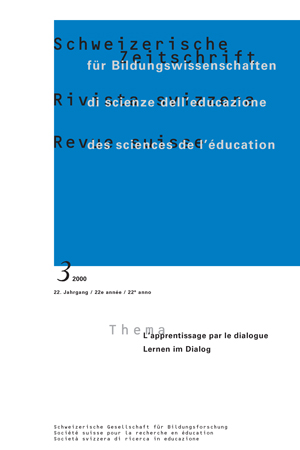Are there just two people in a dyad? Dyadic configurations in multiparty family conversations
DOI:
https://doi.org/10.24452/sjer.22.3.4590Abstract
Dyadic interaction does not necessarily imply that just two people are present. It is often possible to single out episodes of dyadic interaction in multiparty contexts that we analyse, such as family dinner table conversation. Within such a speech event, multiparty participation framework (variously organized) is the default conversational structure. Consequently, a groundwork(Goffman, 1964) is required for participants to gain space and exclusivity for a dyadic exchange.
This paper shows how dyadic framework is made out of the multiparty default interactional structure of a family dinner. Furthermore, we analyze the resources participants deploy to protect the dyadic exchange from anothers intrusion and/or by the risk of desertion of one member of the dyad. Young and older children actively participate in that activity and learn to manage it through diverse dyadic settings. It is not the number of participants that unequivocally determines whether an interaction is dyadic or multiparty. Varying and complex participation frameworks, alliances, and challenges are built and transformed within family dinner conversation; it is in their locus of the interactive organization of ongoing activity in which children are socialized to a complex socio-cognitive activity.
Downloads
Downloads
Published
Issue
Section
License

This work is licensed under a Creative Commons Attribution 4.0 International License.



